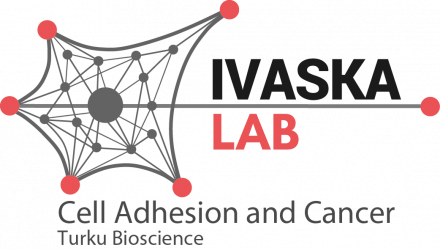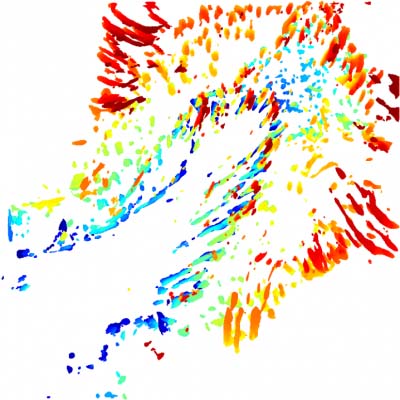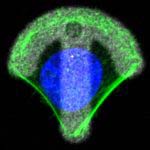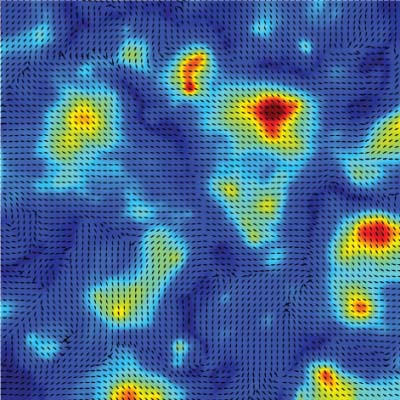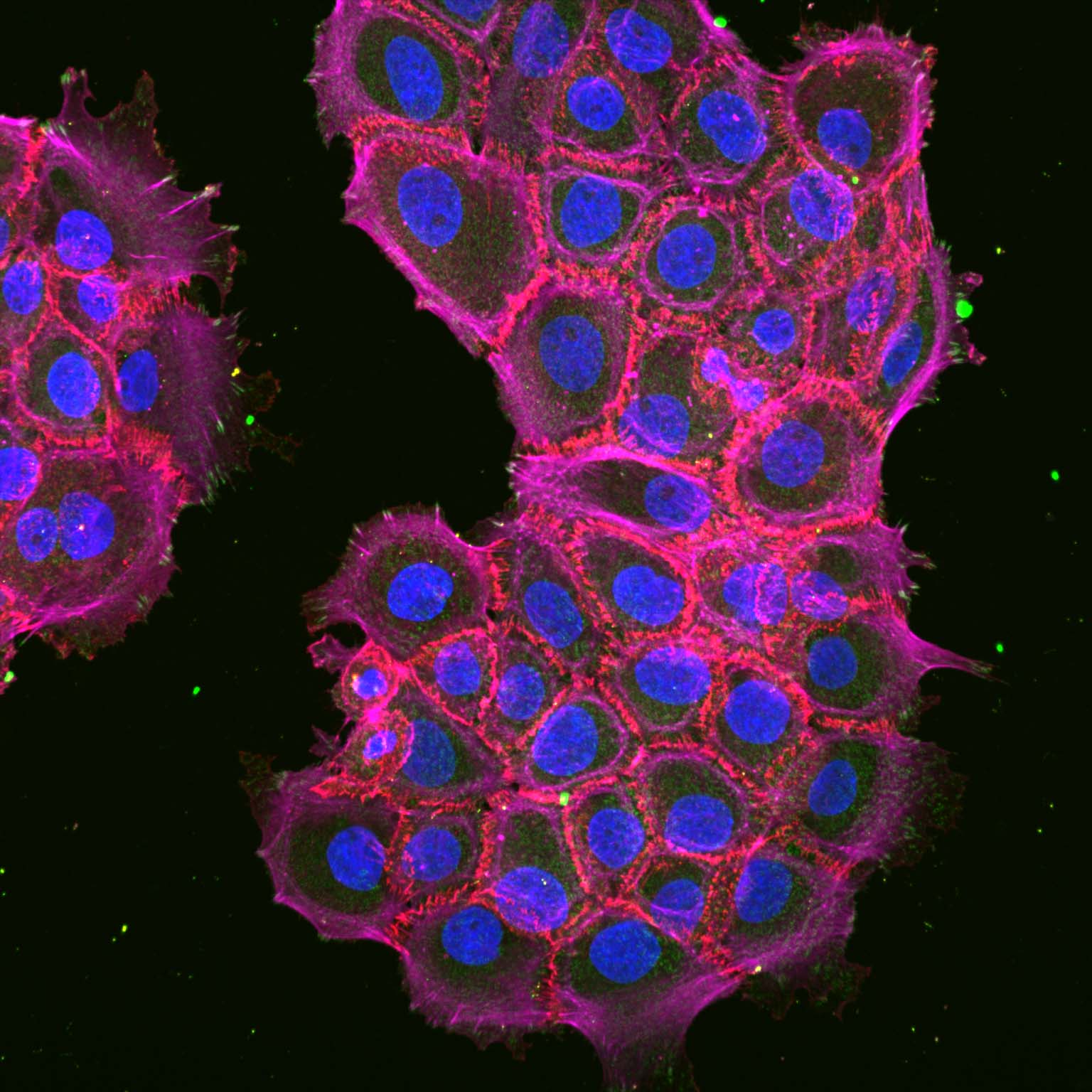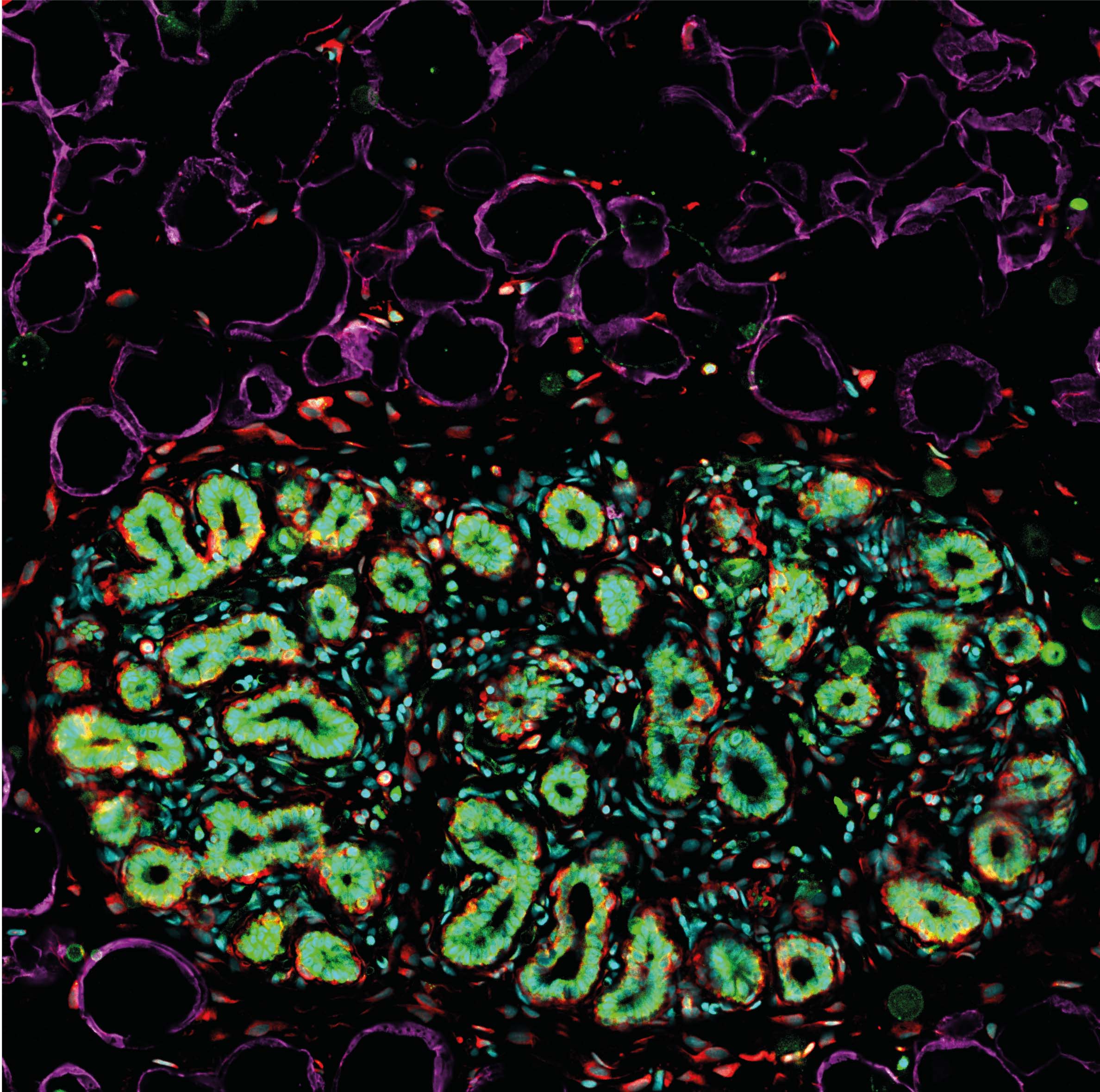
We have previously uncovered key differences between normal and cancer-associated stroma, whereby the mechanical and architectural features of normal stroma inhibit tumour growth and may epigenetically reprogram aggressive breast cancer cells towards a more benign phenotype. Recently, we turned our attention to other putative crosstalk mechanisms between cancer cells and the microenvironment. We discovered that normal stromal components can also inhibit cancer cell invasion and migration towards the vasculature. We are now investigating the mechanisms for this in a newly funded Worldwide Cancer Research project.
Related publication from the lab
- Conway et al., Science Advances (2023)
- Kaukonen et al., Nature Communications (2016)
